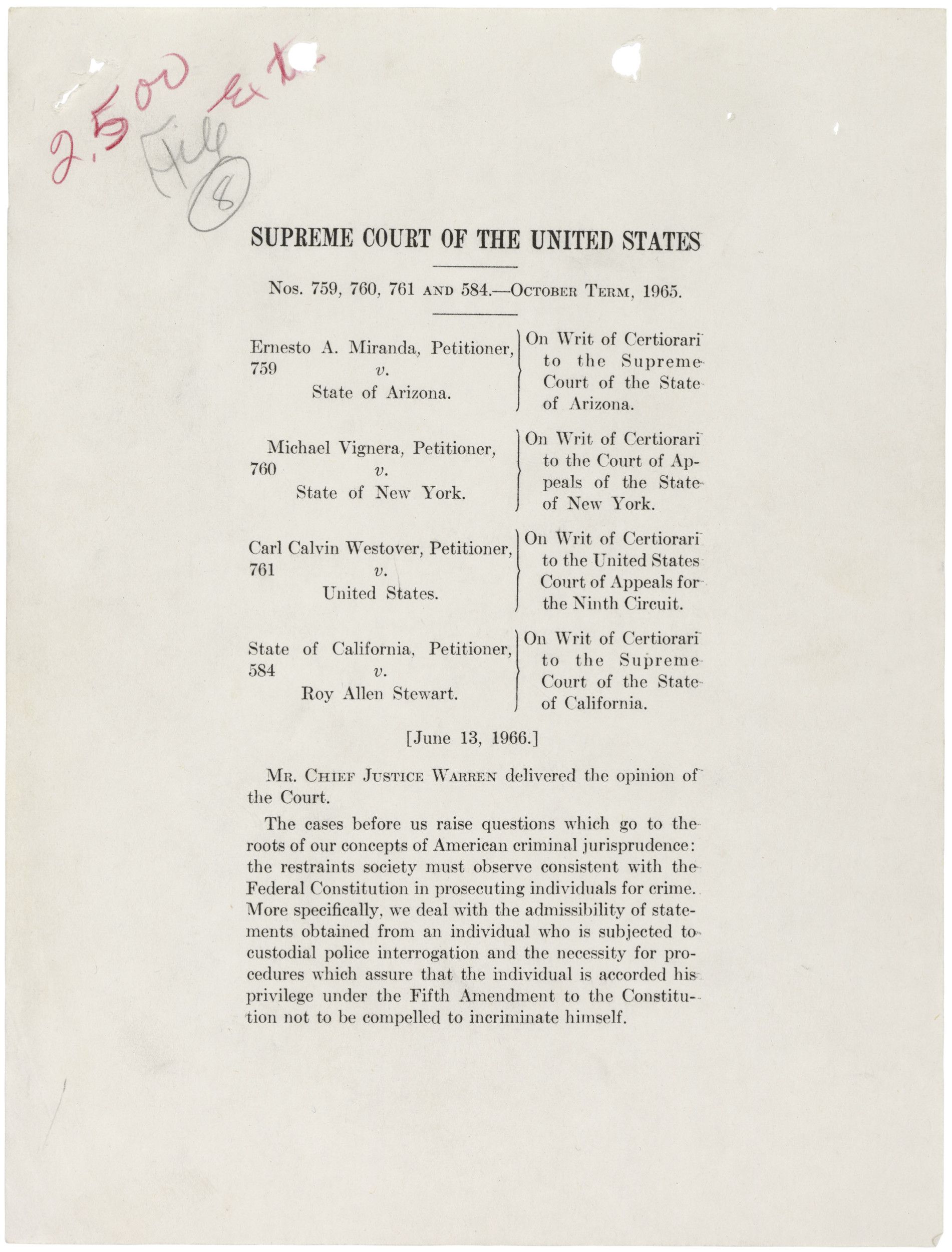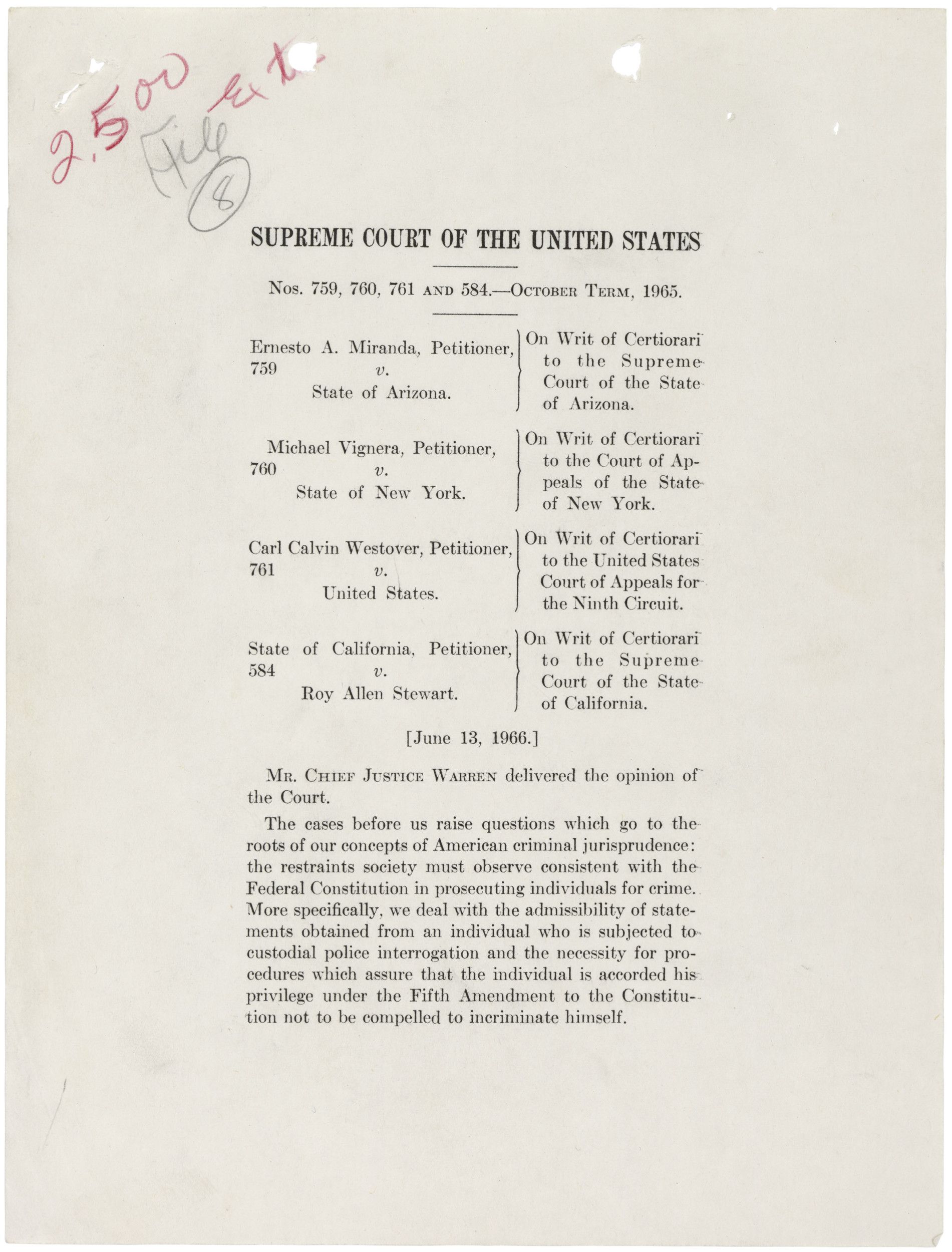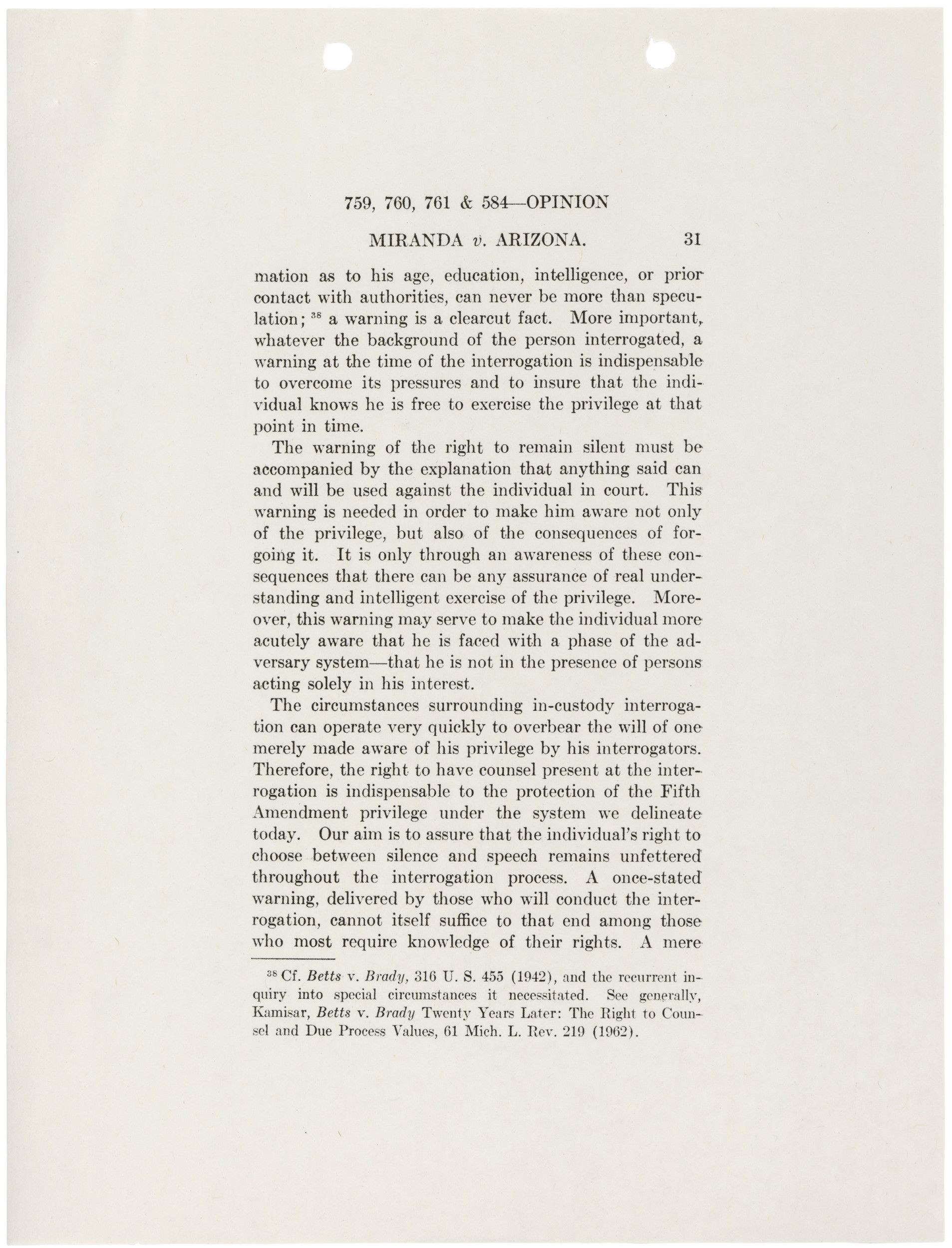The Constitution in Action: Article III (Lab Team 4)
Focusing on Details: Discussion Topic
All documents and text associated with this activity are printed below, followed by a worksheet for student responses.Introduction
Carefully examine the document on the screen. As you analyze the document, think about how it connects to Article III of the Constitution and what big idea is contained in it by answering the questions below. Use the magnifying glass icon in the blue menu bar at the bottom of the document to zoom in and get a closer look and/or click on "View Entire Document" for more information.Name:
Class:
Class:
Worksheet
The Constitution in Action: Article III (Lab Team 4)
Focusing on Details: Discussion Topic
Examine the documents included in this activity and write your response in the space provided.
- What names do you see in this document?
- Are there any dates contained in this document? If so, what are they?
- Are there any locations (cities, states, offices) specified in this document?
- What is the main idea of this document? What is it about?
- Why was this document created?
- How does this document connect to Article III of the U.S. Constitution?
- What big idea of the Constitution is contained in this document?
Your Response
1
Activity Element
Page 1

Conclusion
The Constitution in Action: Article III (Lab Team 4)
Focusing on Details: Discussion Topic
Now that you have carefully examined the document, connected it back to the Constitution, and selected a big idea, write the following information:- Identify and describe the document.
- Identify the specific article and section that connects to the document.
- Quote the actual wording of the Constitution from the article and section identified.
- Identify the big idea you chose and explain why this document is a good example of that idea.
Your Response
Document
Opinion of the Court by Chief Justice Earl Warren in the Case of Miranda v. Arizona
6/13/1966
In 1963, Ernesto Miranda was arrested in Arizona and charged with kidnapping, robbery, and rape. When questioned by police, Miranda confessed. He was tried and convicted based on his confession. Miranda appealed his conviction to the U.S. Supreme Court, which ruled in 1966 that statements made by the accused may not be admitted in court without procedural safeguards. Page 31 from the decision describes two of those safeguards—the accused’s right to remain silent and to have an attorney present during questioning. Selected pages are shown.
This primary source comes from the Records of the Supreme Court of the United States.
National Archives Identifier: 597564
Full Citation: Opinion of the Court by Chief Justice Earl Warren in the Case of Miranda v. Arizona; 6/13/1966; Records of the Supreme Court of the United States, . [Online Version, https://docsteach.org/documents/document/opinion-of-the-court-by-chief-justice-earl-warren-in-the-case-of-miranda-v-arizona, April 16, 2024]Opinion of the Court by Chief Justice Earl Warren in the Case of Miranda v. Arizona
Page 1

Opinion of the Court by Chief Justice Earl Warren in the Case of Miranda v. Arizona
Page 2

